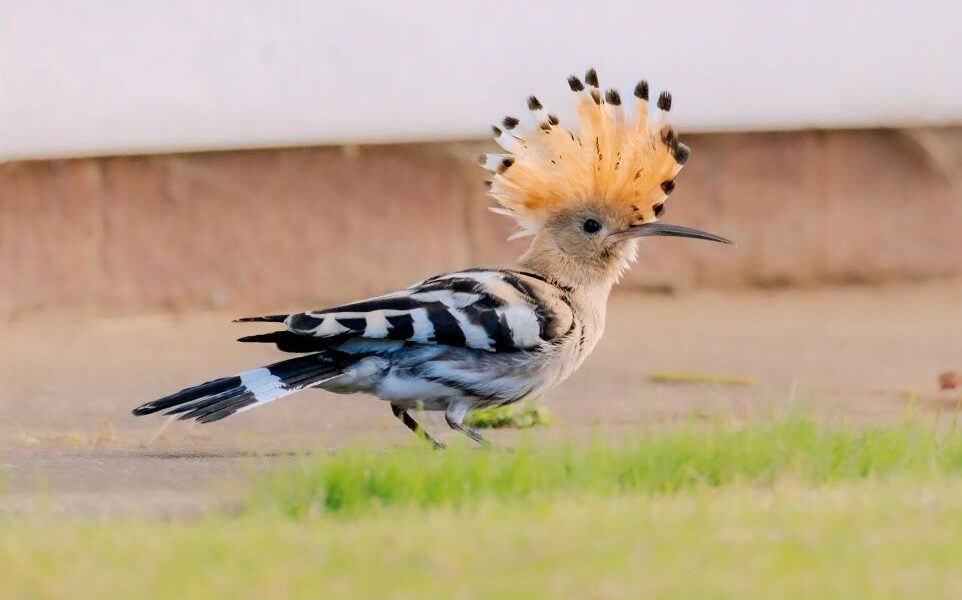Norfolk’s coastal reserves draw unique bird species from across the globe each autumn, captivating both expert and amateur birdwatchers.
A Haven for Migratory Birds
The Norfolk coast is renowned for its role as a critical stopping point for migratory birds making their way southward in autumn. Jutting into the North Sea, Norfolk’s coastline often becomes the first refuge for exhausted birds traveling from distant regions like Siberia and North America. Here, birds find food, shelter, and rest before resuming their long journeys. According to Norfolk Wildlife Trust Reserves Officer Robert Morgan, autumn migration is a unique time, bringing birds “from far-off places” to Norfolk’s shores.
A History of Birdwatching and Conservation
Norfolk’s natural appeal to migratory birds isn’t new. It has attracted avid birdwatchers and ornithologists for generations. In fact, the area’s Cley Marshes, now managed by the Norfolk Wildlife Trust, was established in 1926 to protect its unique array of breeding birds and winter wildfowl. Known among locals as the “jewel of the North Norfolk coast,” Cley Marshes has consistently recorded “first sightings” of rare birds, making it a hotspot for birdwatching enthusiasts, especially during autumn migrations.
Rare Sightings That Draw a Crowd
Each October, birdwatchers and “twitchers” begin their annual anticipation of rare migratory birds appearing along the coast. Any species, from as far away as the Asian deserts or the icy north, might make a surprise visit. The internet and social media allow sightings to spread rapidly, drawing birdwatchers from miles away to catch a glimpse of these “mega rarities.” Norfolk has already witnessed some incredible sightings this season, including icterine and yellow-browed warblers, among others.
One recent arrival was the Asian desert warbler at Winterton Dunes, a species typically seen east of the Caspian Sea. Its detour to Norfolk stunned the birdwatching community, as it should have been headed toward Arabia. After a few days, the bird continued on its way, leaving watchers to wonder about its next destination.
The Importance of Protecting Coastal Habitats
Norfolk’s coastline serves as more than just a viewing spot for birdwatchers; it’s a vital rest stop for countless migratory species. But with climate change and habitat loss altering traditional bird migration routes across Europe, places like Cley and Holme Dunes Nature Reserves have become crucial refuges. As development continues to encroach on natural habitats, the need to preserve such spaces is greater than ever.
Norfolk’s autumn migration scene exemplifies the magic of wildlife movement and the importance of maintaining these natural areas for future generations to enjoy.




